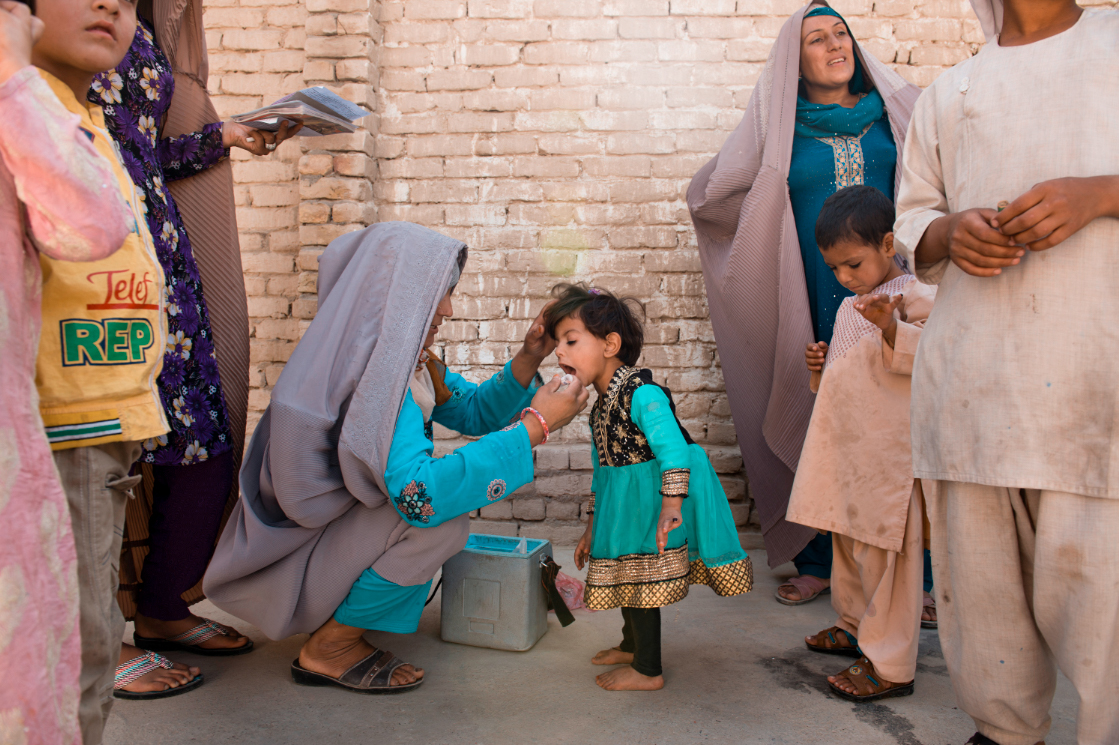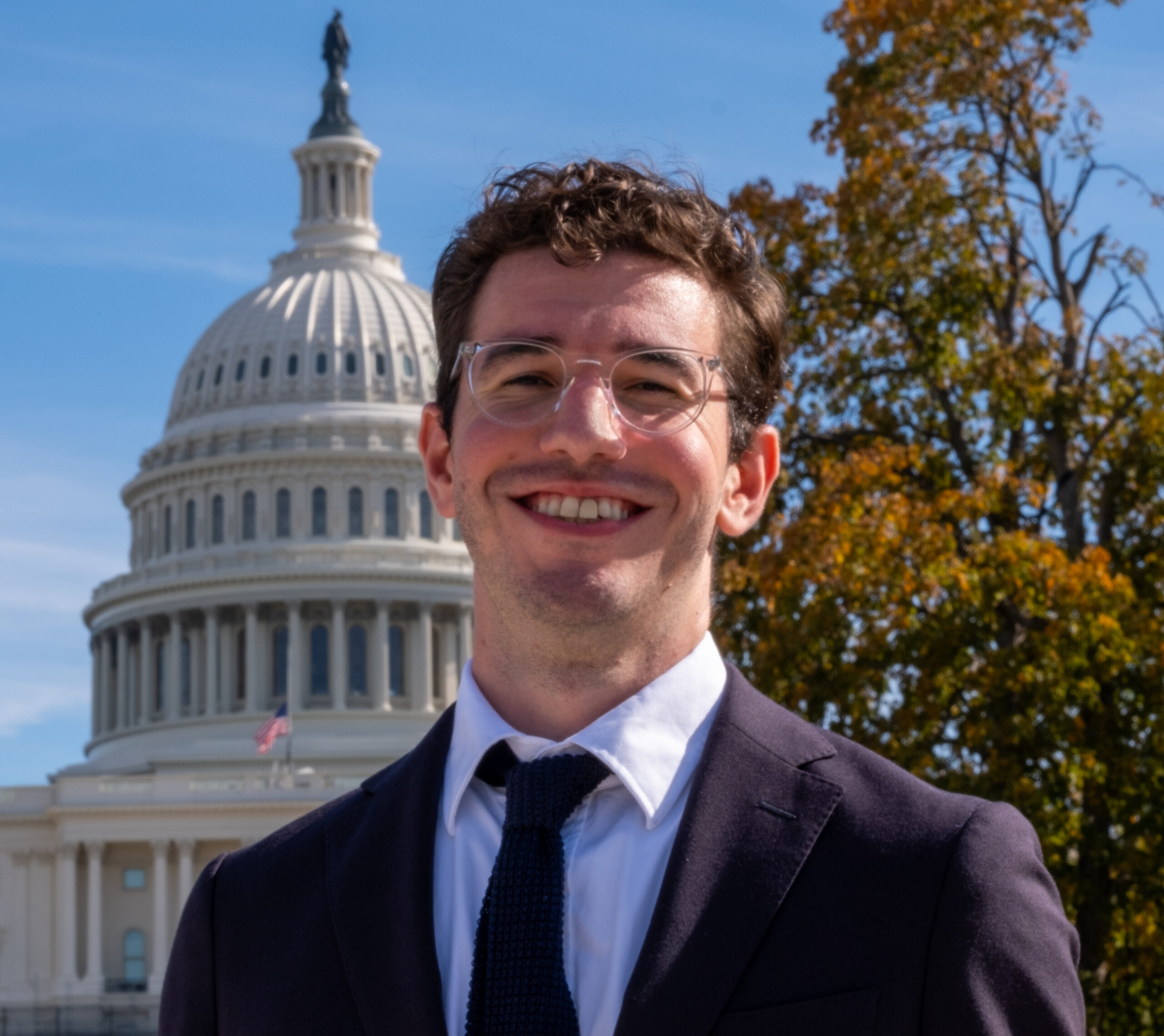The Power of Collaboration: World Immunization Week 2025
Today kicks off World Immunization Week, a reminder of our progress and the road ahead in global immunization.

Today marks the start of World Immunization Week. It’s a time to recognize the massive progress the world has made in ensuring no one dies from a disease we can prevent with a vaccine. And it’s a time to commit to sustaining and building this progress amid an uncertain global health landscape.
The Expanded Programme on Immunisation
Last year marked 50 years since the start of the Expanded Programme on Immunisation (EPI), when the first truly global efforts to expand access to routine vaccines began. The success of these efforts has been world-changing.
Since 1974, routine vaccines have saved more than 154 million lives, equivalent to one life every 10 seconds over fifty years. Nearly all of them—146 million—were children under five who were given a shot at life by immunization. The result? More kids now reach adulthood than at any time before in human history.
The EPI includes vaccines against 14 deadly pathogens. Each has made a real impact on children’s health, but two of the most impactful are vaccines against polio and measles.

Polio is a highly infectious disease that mostly affects children under five and can cause paralysis and, in severe cases, death. Since the invention of the first polio vaccine by Dr. Jonas Salk’s team at the University of Pittsburgh in 1955, first the U.S. then the world have made steady progress towards ending this disease. As recently as 1988, polio paralyzed 350,000 people in a single year. But thanks to vaccines, EPI, and the efforts of the U.S. and international partners coordinated through the Global Polio Eradication Initiative, there have been just three cases of paralytic polio in 2025.
While measles remains much farther from eradication than polio, the story of measles vaccination over recent decades is also one of success.
Measles is one of the most contagious diseases to affect humans. As a result, it has long been a major killer of children, and even those who survive are often left with devastating “immune amnesia,” wiping away their immunity to other pathogens and leaving them incredibly vulnerable to new infections. But safe, effective measles vaccines—first invented in 1963 and subsequently improved upon—have been steadily rolled out across the world, particularly since the start of EPI. Just this century, measles vaccines have saved 60 million lives.
These are just two examples of the massive human progress made possible through immunization. But the miraculous science of vaccines is only part of the story. Without international partnership and collaboration, vaccines would not have been able to reach and protect children across the globe.
Leadership and Collaboration
Like many scientific advances, immunization owes much to the efforts of U.S. researchers and workers who developed, tested, produced, and deployed these lifesaving vaccines. American innovators continue to be at the forefront of improving existing vaccines and developing new ones. American leadership, financial and logistical support, and technical expertise have been critical to the success of EPI and other global immunization efforts.
But the global drop in vaccine-preventable deaths was not achieved alone. It was accomplished through the coordination of EPI, through which the World Health Organization (WHO) aligns its 194 member states around shared technical standards and best practices. And it was accomplished by all countries recognizing the simple truth that diseases do not respect borders. They represent a distinct collective challenge, in which it’s in every country’s national self-interest to coordinate to prevent their spread.

Perhaps the clearest example of international cooperation to tackle a shared disease threat is the eradication of smallpox.
Smallpox—which killed hundreds of millions in the 20th century alone—is the only disease to have been fully eradicated. Global efforts to eradicate smallpox through vaccination began with a plan approved by the World Health Assembly in 1958, but rapidly accelerated in the 1960s as more countries, including the United States, agreed to dedicate resources and technical expertise to the effort.
Notably, these efforts took place at the height of the Cold War between the U.S. and the Soviet Union. The initial 1958 plan to eradicate smallpox was proposed by the Soviets, while the U.S. spearheaded the Intensified Smallpox Eradication Program which accelerated efforts beginning in 1967. Both countries donated hundreds of millions of vaccine doses and deployed hundreds of physicians and technical staff to countries around the world—all in the service of finally ending a terrible disease.
And while cooperation between the U.S. and the Soviet Union was critical to ending smallpox, they did not act alone. A significant portion of the funding for smallpox eradication came from other member states, and doctors and experts from more than 70 nations participated in the international campaign—all coordinated through the WHO.
The lessons of smallpox eradication remind us that through international cooperation, coordinated by WHO and fully supported by the resources and expertise of member states, it is possible to conquer seemingly insurmountable threats to human health.
Conclusion
U.S. leadership and support have been critical to the progress we’ve made—the diseases beaten, the suffering averted, the lives saved—and must continue to finally end polio, protect future generations from preventable diseases, and ensure a healthier, safer, more prosperous world for all.

